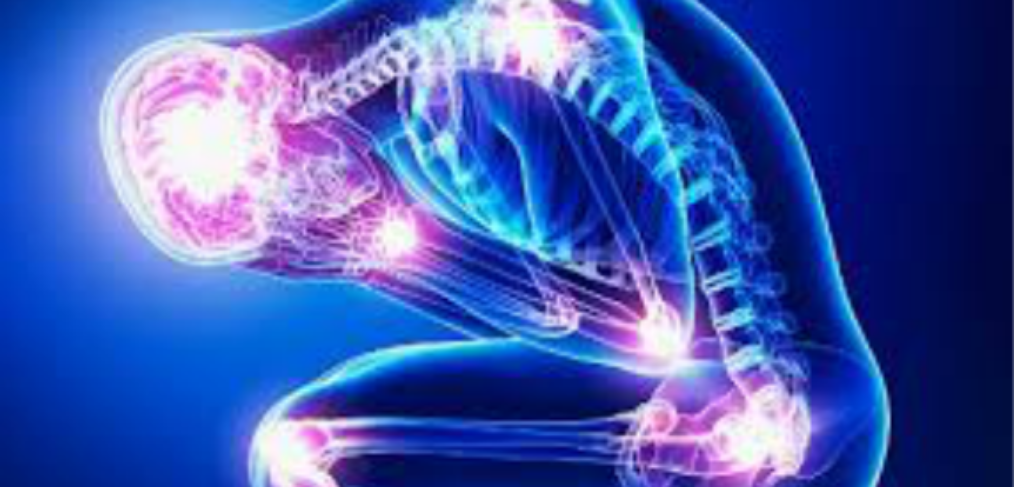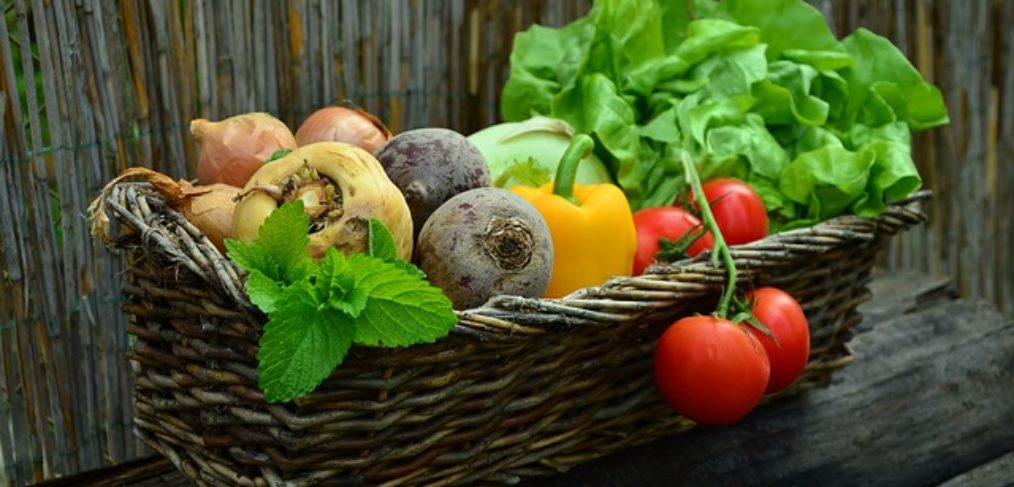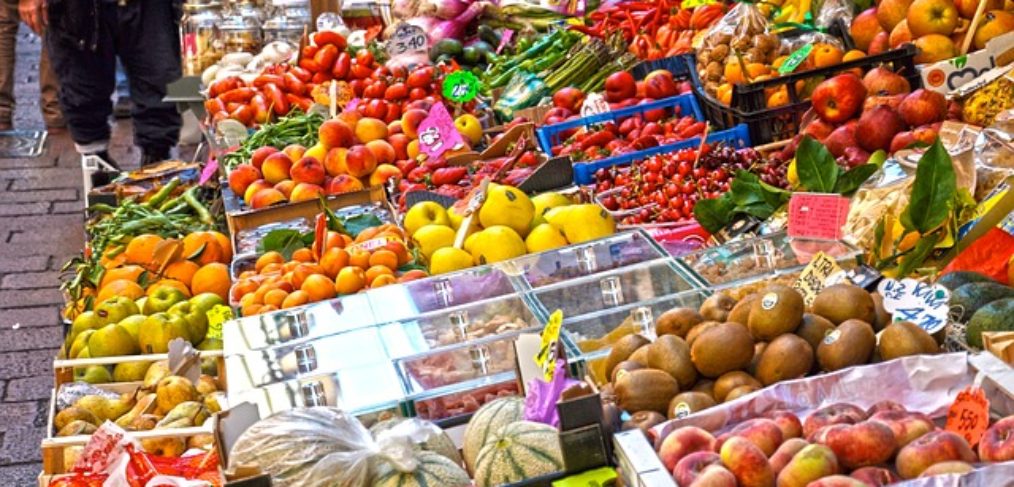You know washing your hands helps prevent the spread of germs, but there are 4 more action tools you can use to fight colds and flu.
1. Deeply Nourish Your Body
Your immune system is a nutrient hog. It uses more nutrients than any other system or organ – even your brain. To work optimally, it needs vitamins A, C, E, D, K, B6, B9, and B12. In addition, it requires the minerals zinc, selenium, iron, iodine, magnesium, and copper. Also, your immune system needs antioxidants and essential fatty acids.
So while it might be easy to gulp an “Emergen-C” tablet with a glass of water when you feel a sore throat coming on, you need a lot of nutrients all the time to fight colds and flu. It’s smart to regularly eat foods that are nutrient dense. These include dark leafy greens, brightly-colored produce, omega 3-rich fatty fish, and organ meats. I posted about how these foods are also anti-inflammatory. It’s as if nature is showing us their benefit by displaying such rich, vibrant colors.
2. Relax a Lot!
We know that stress raises inflammation. Did you know it raises your blood sugars, too? That’s bad news if you’re under chronic stress. Why? Chronically high blood sugars lead to insulin resistance and even more inflammation.
But that’s not all. Scientists think they have found a link between insulin resistance and decreased immunity. Insulin appears to boost immune T-cells. When mice were genetically engineered with missing insulin receptors in their T-cells (to mimic insulin resistance), they were unable to fight certain infections, including the H1N1 flu virus.
So the bottom line is that to fight colds and flu, you need to guard against inflammation and insulin resistance that can impair immunity. In order to do that, you need to manage your stress effectively. Take time every day to unwind. It only takes a few minutes to employ one or two of the 50 stress hacks I have compiled.
3. Feed the Right Bugs
Since as much as 80% of your immune system lies within your digestive tract, it makes sense that the micro-organisms that live there should be healthy. If you feed the symbiotic bacteria that lie in your GI tract, you can boost your immunity. These helpful bacteria serve as “bouncers” against pathogenic strains of microbes that cause illness.
Your “good” bacteria like to eat fiber! They especially like to feast on cruciferous vegetables, the onion family, and asparagus! But they don’t digest simple sugars. In fact, white sugar and white flour are fodder for pathogens.
Cutting out refined carbohydrates from your diet does not guarantee you can fight off all colds and flu. But your odds are much higher if you do get sick, that you’ll bounce back quicker if you cut down on the sugar.
4. Sleep More
When you sleep, your body “cleans house.” It repairs what is broken, sweeps up what is dirty, and takes out the trash. This is the time when your immune system is most effective at fending off invaders and reducing inflammation. So, reason says that if you are sleep deprived, you are less able to fight cold and flu viruses.
But there’s more. When you are chronically sleep-deprived, your body actually initiates a stress response, raising blood sugars and creating inflammation. You can become insulin resistant with just 36 hours of sleep deprivation.
Ultimately, you end up with an impaired immune system. That means greater susceptibility to illness.
Here are some suggestions for better sleep:
- Create a bedtime that allows for 7-9 hours of sleep.
- Eat a nutrient dense diet (see #1).
- Exercise, but do it at least 4 hours before bedtime.
- Stick to the same sleep schedule every day.
- Get sunlight in the morning.
- Cool your room.
- Avoid blue light before bed.
- Engage in evening meditation.
Fight Colds and Flu
No one can avoid all illness forever. But taking care of your health by eating well, relaxing frequently, sleeping enough, and nourishing your microbiome will keep you strong so that if you do get sick, you can recover rapidly.











